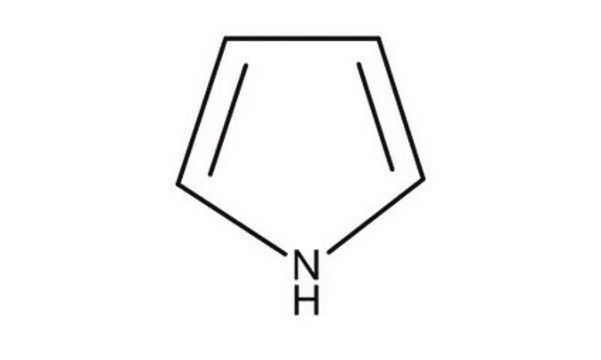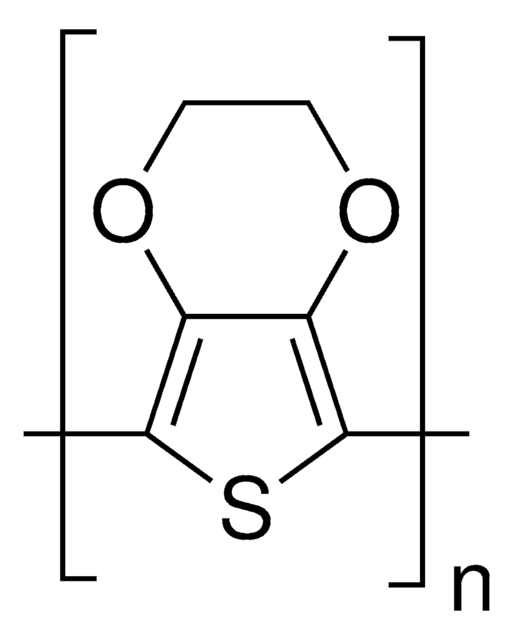530573
Polypyrrole
doped, conductivity 30 S/cm (bulk), extent of labeling: 20 wt. % loading, composite with carbon black
Sinônimo(s):
PPy
About This Item
Produtos recomendados
Nível de qualidade
Formulário
solid
contém
proprietary organic sulfonic acid as dopant
Extensão da rotulagem
20 wt. % loading
pf
>300 °C
solubilidade
H2O: insoluble
organic solvents: insoluble
cadeia de caracteres SMILES
[nH]1cccc1
InChI
1S/C4H5N/c1-2-4-5-3-1/h1-5H
chave InChI
KAESVJOAVNADME-UHFFFAOYSA-N
Procurando produtos similares? Visita Guia de comparação de produtos
Categorias relacionadas
Descrição geral
Aplicação
Embalagem
Código de classe de armazenamento
11 - Combustible Solids
Classe de risco de água (WGK)
WGK 3
Ponto de fulgor (°F)
Not applicable
Ponto de fulgor (°C)
Not applicable
Escolha uma das versões mais recentes:
Já possui este produto?
Encontre a documentação dos produtos que você adquiriu recentemente na biblioteca de documentos.
Os clientes também visualizaram
Artigos
The application of conducting polymers at the interface with biology is an exciting new trend in organic electronics research.
While dye sensitization as the basis for color photography has been accepted for a very long time,1 attempts to use this principle for the conversion of solar light to electricity generally had resulted only in very low photocurrents, below 100 nA/cm
For several decades, the need for an environmentally sustainable and commercially viable source of energy has driven extensive research aimed at achieving high efficiency power generation systems that can be manufactured at low cost.
Professor Chen (Nankai University, China) and his team explain the strategies behind their recent record-breaking organic solar cells, reaching a power conversion efficiency of 17.3%.
Global Trade Item Number
| SKU | GTIN |
|---|---|
| 530573-25G | 4061832558561 |
Nossa equipe de cientistas tem experiência em todas as áreas de pesquisa, incluindo Life Sciences, ciência de materiais, síntese química, cromatografia, química analítica e muitas outras.
Entre em contato com a assistência técnica





